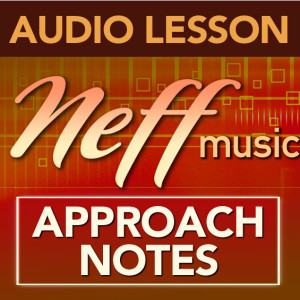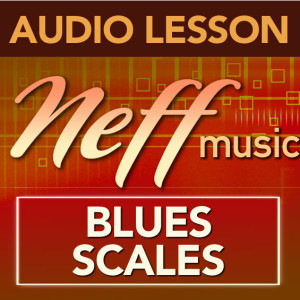Description
Learning to play by ear is one of the most important aspects to jazz improvisation. When I was a young student in junior high school, I was taught from a few great method books. The main books I worked out of were the Charlie Parker Omnibook and Patterns for Jazz by Jerry Coker. For a couple of years all I did was work out of these books but there was a missing ingredient………………I wasn’t learning to play by ear! Everything I learned was from a book. Luckily, during this time, I discovered the local library. I would go there every Saturday and checkout a bunch of jazz albums. I would go home and listen to them in awe of what I was hearing. I wanted to play like that! Somehow my books didn’t seem like they were taking me there. There was one album specifically that was a breakthrough for me. It was Dave Sanborn’s album “Voyeur”. I got it home and put it on and was amazed. I had never heard an alto saxophone sound so cool and funky. I remember taking my sax out and trying to play with the recording. I must have played to that album at least 1000 times in that week.
The big moment came when I discovered that the notes that fit the song I was playing over fit a blues scale that my teacher had given me. (even though it was 30 years ago, I can still remember that it was the C# blues scale) It was like a light bulb went off in my head. I soon discovered that there was a blues scale that fit every song on that album. I also realized that Dave Sanborn was mostly playing notes from that blues scale. As I played more and more to music, I realized that this held true to most songs I heard. Of course, many of the jazz albums had harder changes than a blues scale would fit but the other 90% of music I heard was perfect for the blues scale.
It was during this time,that I learned how to hear what key a song was in. I was playing by ear. I didn’t realize it then, and didn’t know if songs were major or minor. All I realized was that for each song, there was a blues scale that fit the best. Later in my development, I learned about major,minor and dominant tonalities. Thanks to my early work with those blues scales it was easy for me to figure out those sounds and keys when I played with a song.
It was also during this time that I developed a blues scale vocabulary. Practicing a scale from a page of music will only get you so far. Hearing the blues scale played by a legend and copying that legends best ideas is a totally different learning experience. You are learning from that persons learning. All the years they have spent studying and perfecting their playing is summed up in the choices they make on that album. When you copy their best ideas then you are learning from there learning…………much better than starting from scratch!
In this lesson on relative pitch, I take what we’ve worked on so far and apply it to figuring out the keys of a tune. I demonstrate how to use your saxophone to figure out what key the song is in and give you many helpful hints. I take you through how you can use the Aebersold play alongs to practice this skill, hear the key of a song, play by ear and also to test yourself. I take you through many major and minor tonalities and show you how to start working on hearing the key yourself. Hearing the key of a song is a fundamental building block to playing by ear. Playing by ear, is of course what jazz improvisation is all about………..Enjoy! (29 Minute Video & Audio)







Reviews
There are no reviews yet.